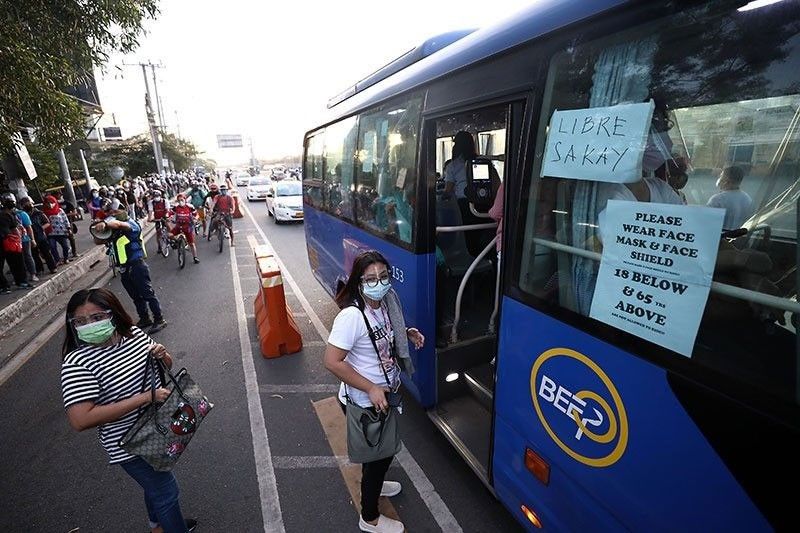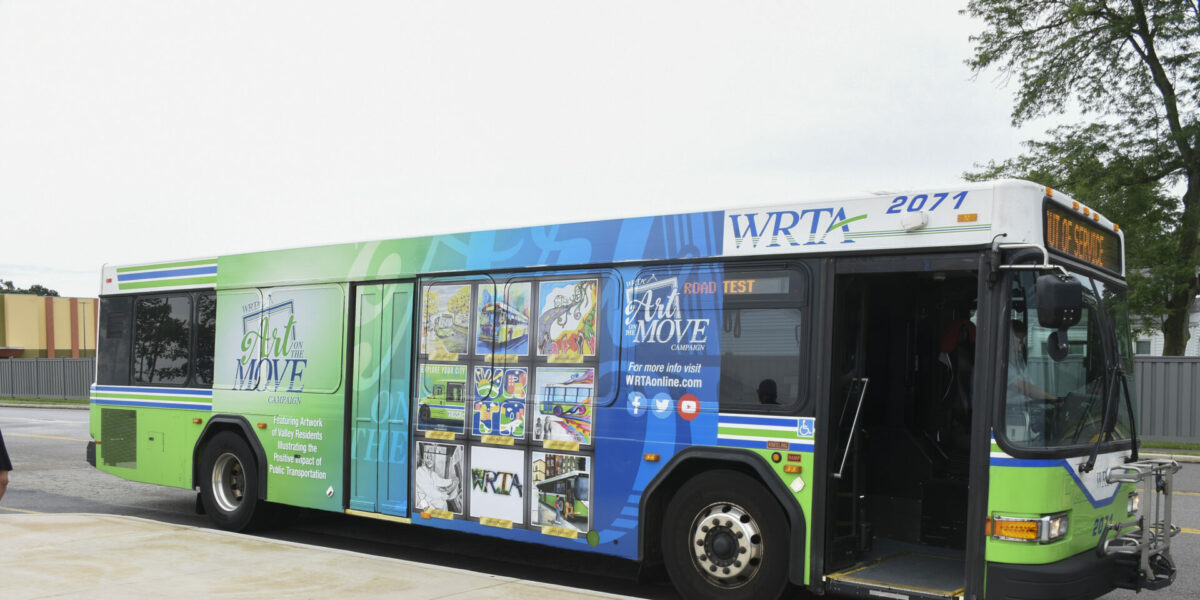Transit Advertising Philippines: An Ingenious Means to Advertise
Transit Advertising Philippines: An Ingenious Means to Advertise
Blog Article
An In-depth Assessment of the Techniques and Strategies for Effective Transportation Advertising And Marketing Campaigns
Transit marketing campaigns supply a special possibility for brand names to involve with varied target markets in dynamic settings. As we explore these vital components, it becomes clear that the path to an impactful transit marketing method is both detailed and satisfying, raising the question of just how best to navigate these complexities for maximum brand name visibility.
Understanding Target Demographics
Understanding target demographics is important for the success of transportation ad campaign (Transit Advertising Philippines). Determining specific audience sections allows marketers to customize their messages efficiently, ensuring that the web content reverberates with the designated audiences. This technique enhances involvement and makes best use of roi
To efficiently evaluate target demographics, online marketers need to take into consideration numerous crucial variables, consisting of age, income lifestyle, degree, and occupation preferences. As an example, a project intended at young experts might concentrate on convenience and modernity, while one targeting family members may emphasize safety and security and dependability. Moreover, geographic aspects such as urban versus rural settings can considerably influence customer actions and preferences.
Data collection methods such as studies, focus groups, and social networks analytics give valuable insights into market fads and consumer routines. By leveraging this information, advertisers can craft engaging stories that align with the values and needs of their target market.
Ultimately, understanding target demographics not just educates the calculated direction of transportation advertising and marketing campaigns but likewise guarantees that resources are assigned efficiently. This targeted method increases the probability of achieving campaign objectives, promoting brand commitment, and driving conversions.
Creative Design Techniques
Efficient communication with target demographics depends heavily on innovative creative design methods en route ad campaign. To efficiently record interest in a crowded visual environment, designers must focus on quality and visual impact. Using high-contrast elements and vibrant colors can enhance visibility, ensuring that messages are quickly understandable from a distance.
Incorporating vibrant images that reverberates with the target audience is crucial. Visual narration methods can evoke emotions and produce memorable associations with the brand. Additionally, calculated usage of typography aids share necessary details quickly; proper sizes and clear font styles better improve readability.
Integrating interactive aspects, such as QR codes or enhanced truth features, can engage travelers past easy monitoring (Transit Advertising Philippines). These methods not just promote customer interaction but additionally link the space in between standard advertising and marketing and electronic engagement
Furthermore, making use of space creatively-- whether on bus covers, transit sanctuaries, or metro ads-- can bring about cutting-edge formats that damage the mold of standard advertising and marketing. By accepting artistic imagination while preserving brand consistency, campaigns can cultivate a strong connection with their target market, ultimately driving both recognition and action. The combination of these style methods is vital for attaining successful transportation advertising outcomes.
Strategic Placement Approaches
Making best use of the effect of transportation advertising pivots on tactical placement approaches that make sure optimal visibility and involvement. Reliable placement involves assessing high-traffic see this page areas and comprehending guest demographics to determine the most advantageous areas for advertisement displays. As an example, positioning ads near entries and exits of transportation automobiles can catch the interest of boarding and alighting travelers, hence boosting exposure.
Furthermore, utilizing both interior and external surface areas of transportation cars can considerably expand reach. Exterior ads, visible during commutes, engage pedestrians and other drivers, while interior advertisements target travelers in a captive setting. Additionally, putting advertisements in transportation hubs, such as bus terminals or train stations, enables increased perceptions as commuters change between various modes of transportation.
Timing is also essential; lining up the campaign launch with peak travel durations makes best use of target market interaction - Transit Advertising Philippines. In addition, leveraging digital displays in transportation settings can facilitate dynamic material, giving real-time updates and boosting individual interaction. By employing these critical placement approaches, online marketers can make certain that their transportation marketing projects achieve maximum exposure, resonate with the target market, and inevitably drive wanted results

Measuring Campaign Performance
To assess the success of transportation ad campaign, it is necessary to use a selection of measurement strategies that supply insights right into target market involvement and general effectiveness. One key approach is the use of crucial performance indicators (KPIs), such as reach, impacts, and engagement rates, which evaluate the number of individuals watched the promotion and connected with it.
Surveys and focus teams can likewise be instrumental in assessing consumer perceptions and recall, enabling marketing professionals to understand the influence of their messaging. In addition, tracking internet site traffic and social media engagement throughout and after the campaign aids measure straight actions to view the advertising.
One more efficient method is utilizing location-based analytics, which can offer data walking traffic around certain transit locations, supplying understandings right into whether the project efficiently caught the attention of travelers. In addition, assessing sales information can expose connections in between transit advertising and raised earnings, offering concrete evidence of a campaign's effectiveness.
Study of Success
Understanding the performance of transit advertising and marketing projects via measurement methods lays the foundation for taking a look at real-world examples that illustrate effective outcomes. By utilizing geo-targeted digital ads and analytics, the brand name measured a 30% increase in sales in areas where the wraps were plainly shown, showing the straight effect of transportation advertising and marketing.
An additional compelling instance comes from a Click Here regional not-for-profit company that released a project on metro systems to promote an area occasion. The company integrated lively visuals with QR codes guiding commuters to an enrollment page. Post-campaign analysis revealed a 50% increase in event presence contrasted to the previous year. Making use of direct engagement via innovation intensified the project's reach and efficiency.

Conclusion
In recap, successful transit advertising and marketing campaigns demand an extensive approach that integrates an understanding of target demographics, cutting-edge design methods, and tactical placement. Collectively, these techniques foster brand visibility and optimize the return on financial investment in transit advertising and marketing efforts.
Recognizing target demographics is critical for the success of transportation advertising and marketing projects.Effective interaction with target demographics counts heavily on cutting-edge creative layout techniques in transportation marketing campaigns. By employing these tactical positioning techniques, marketers can make sure that their transit marketing projects achieve optimal exposure, reverberate with the target audience, and inevitably drive wanted outcomes.
Understanding the performance of transportation marketing projects via dimension methods lays the groundwork for analyzing real-world instances that highlight successful end results.In summary, successful transportation advertising and marketing projects require a comprehensive approach that integrates an understanding of target demographics, cutting-edge layout strategies, and tactical positioning.
Report this page